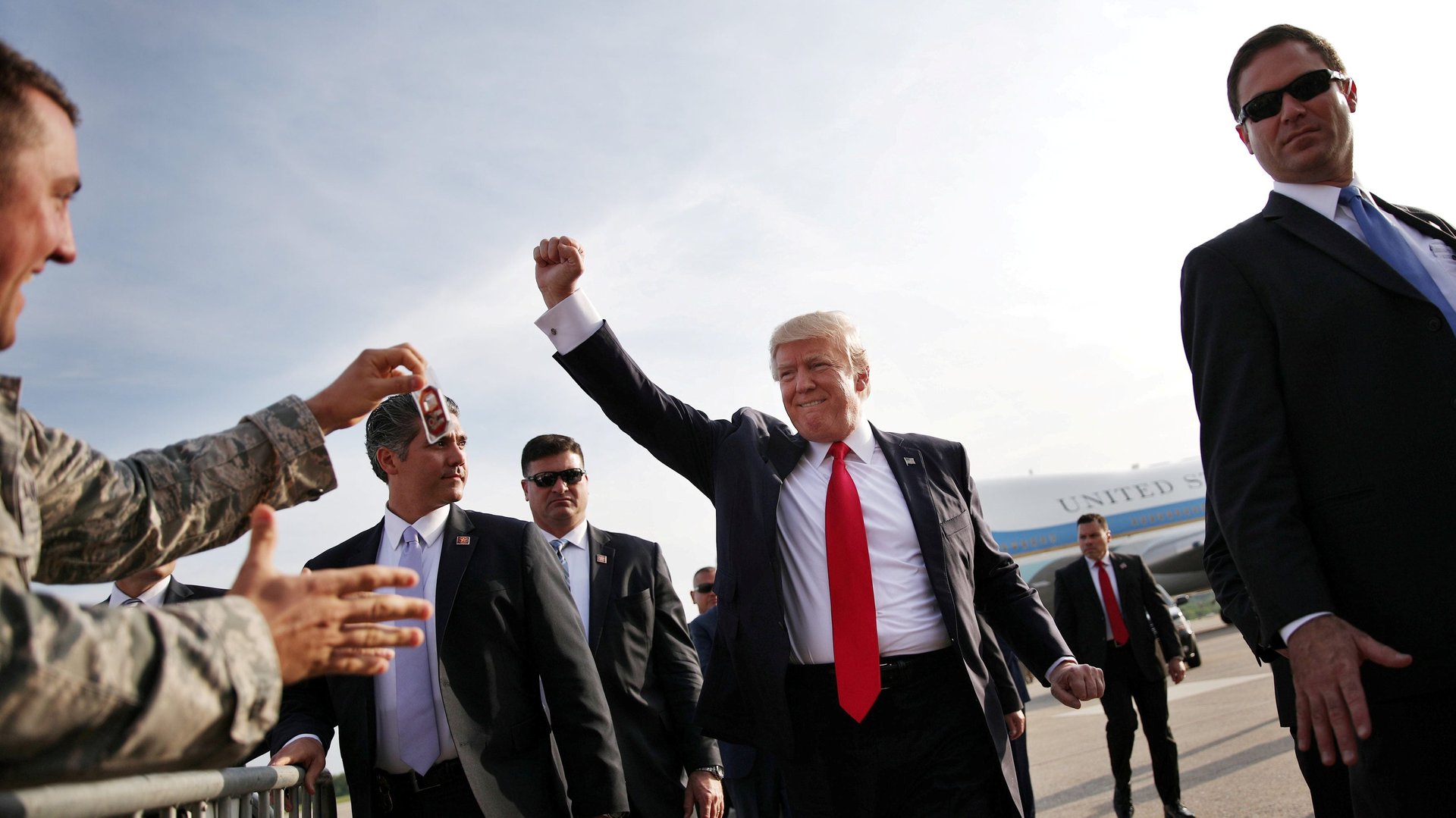Just a small group of Americans consume fake news, according to a new study
“Fake news”—a term oft used by US president Donald Trump—was Collins dictionary’s word of the year for 2017. The phrase has become so inescapable that it is widely seen as having contributed to a deepening and infectious distrust in journalism. There are also fears that the spread of fake news could quickly become a threat to democracy.


“Fake news”—a term oft used by US president Donald Trump—was Collins dictionary’s word of the year for 2017. The phrase has become so inescapable that it is widely seen as having contributed to a deepening and infectious distrust in journalism. There are also fears that the spread of fake news could quickly become a threat to democracy.
All is not lost, however. A recent study (pdf) on fake news suggest warnings of its impact on people “appear to be overstated.” Researchers analyzed the browsing history of thousands of Americans in the final weeks of the 2016 US election and found that while the reach of fake news was wide, its influence was limited.
Researchers from Dartmouth College, Princeton University, and the University of Exeter found that around one in four Americans visited a fake news website in the weeks before and after the 2016 election. The study notes that this consumption of fake news was “heavily concentrated among a small group”—almost six in ten visits to fake news websites came from just 10% of Americans, and that those visitors were deeply pro-Trump.
Researchers looked at the web traffic and political affiliations of a national sample of 2,525 Americans between October 7 to November 14, 2016 (the election was November 8). On average, people viewed just five fake news articles online over more than five weeks. Researchers note that fake news websites represented “an average of approximately 2.6% of all the articles Americans read on sites focusing on hard news topics” during the study’s period. The study was unable to determine whether people believed what they saw on fake news sites.
The fake news websites were overwhelmingly pro-Trump. Trump supporters were also about three times more likely to visit fake news sites supporting their candidate than Clinton supporters were to visit sites making dubious claims in support of their candidate.
Facebook was a key gateway to fake news, researchers note—something the company initially tried to downplay last year, before pledging to do more to combat it. The study found that Facebook was among the three previous sites visited by users in the prior thirty seconds for 22.1% of the articles from fake news websites. Researchers didn’t find the same pattern for Google, Twitter, or email. “Our results provide the most compelling independent evidence to date that Facebook was a key vector of fake news distribution,” researchers note in the study.
The study also found that fact-checking websites failed to reach consumers of fake news. There was little evidence to suggest that users who visited fake news sites saw the fact-check debunking false information. In fact, just 48% of fake news consumers had positive views of fact-checking, especially those who support Trump (24%).